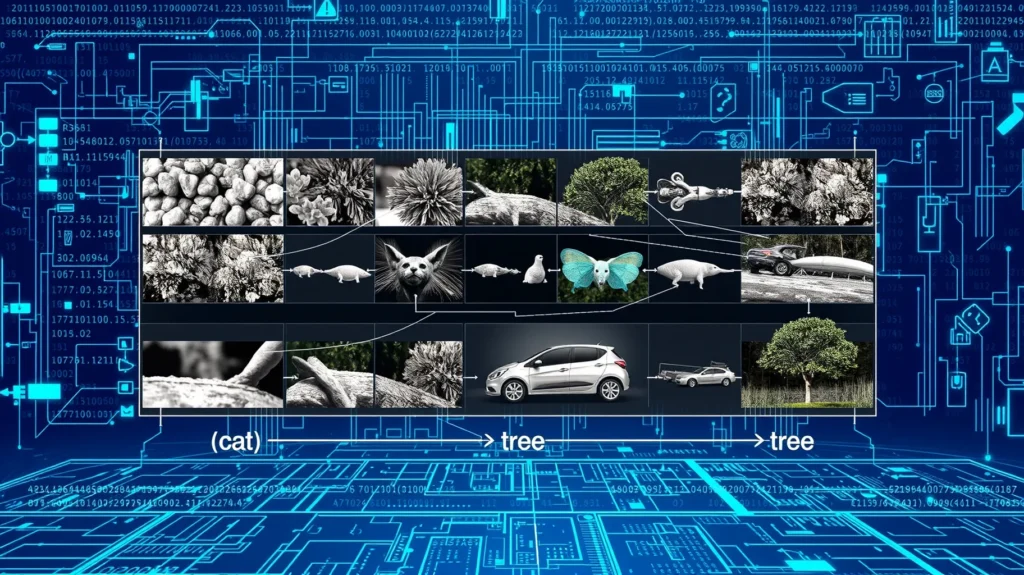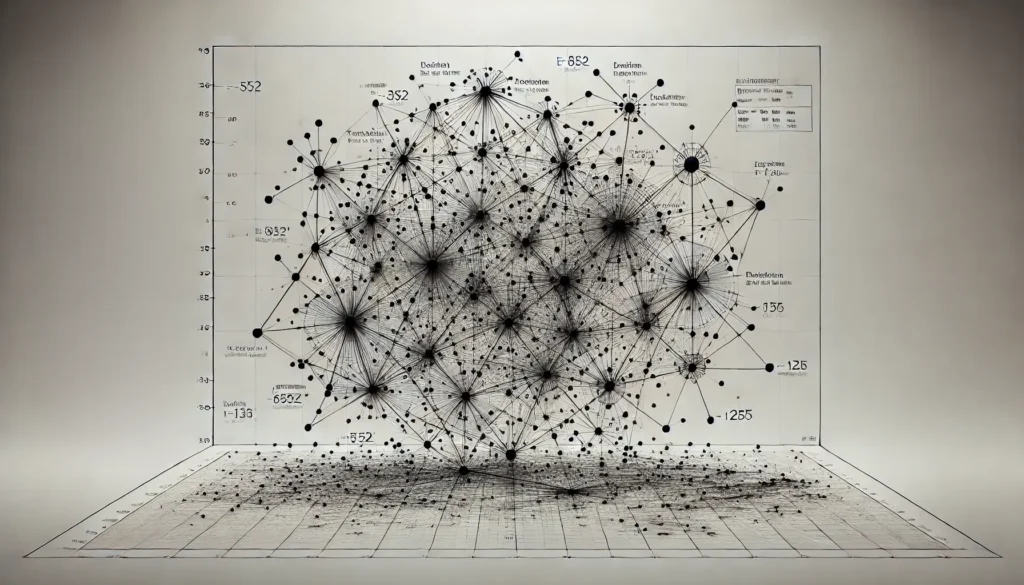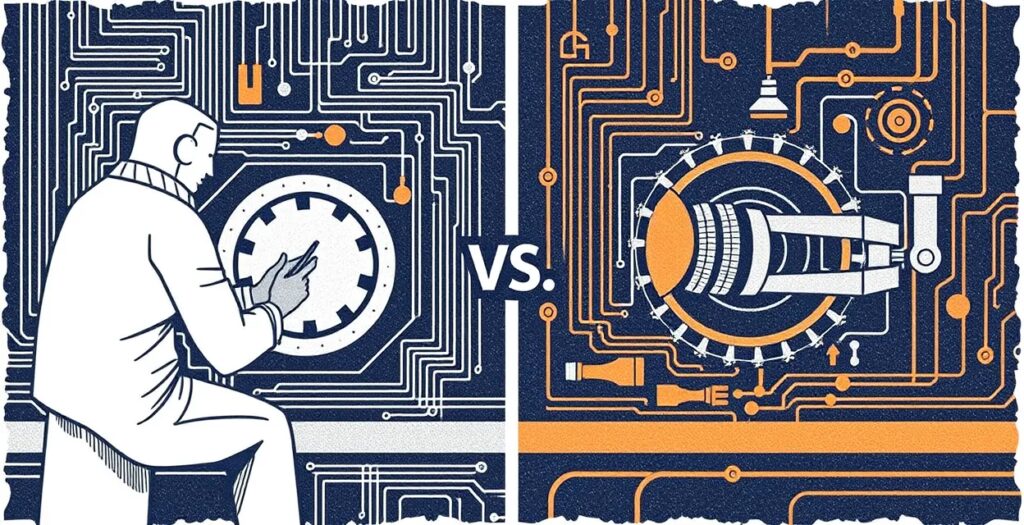
Artificial intelligence (AI) systems are often criticized for being “black boxes,” where decision-making processes are opaque and hard to interpret. Neuro-fuzzy systems bridge this gap by combining the learning power of neural networks with the interpretability of fuzzy logic.
This hybrid approach has gained traction for improving model transparency, especially in complex domains like healthcare, finance, and autonomous systems.
Let’s dive into how neuro-fuzzy systems are transforming the way we approach explainable AI (XAI).
Demystifying Neuro-Fuzzy Systems
The Hybrid Power of Neuro-Fuzzy Models
At their core, neuro-fuzzy systems blend the learning capability of neural networks with the interpretability of fuzzy logic. Neural networks excel at recognizing patterns in massive datasets, but they lack transparency. Fuzzy logic, on the other hand, uses simple, rule-based reasoning that humans can easily follow.
When combined, these two methods create AI models that learn and adapt while remaining understandable to humans.
How They Work in Practice
- Neural networks analyze data and identify patterns, much like traditional AI.
- Fuzzy logic translates these patterns into rules, such as:
- If customer income is high and credit score is good, approve the loan.
The result? A system that not only predicts but also explains why it predicts.
- If customer income is high and credit score is good, approve the loan.
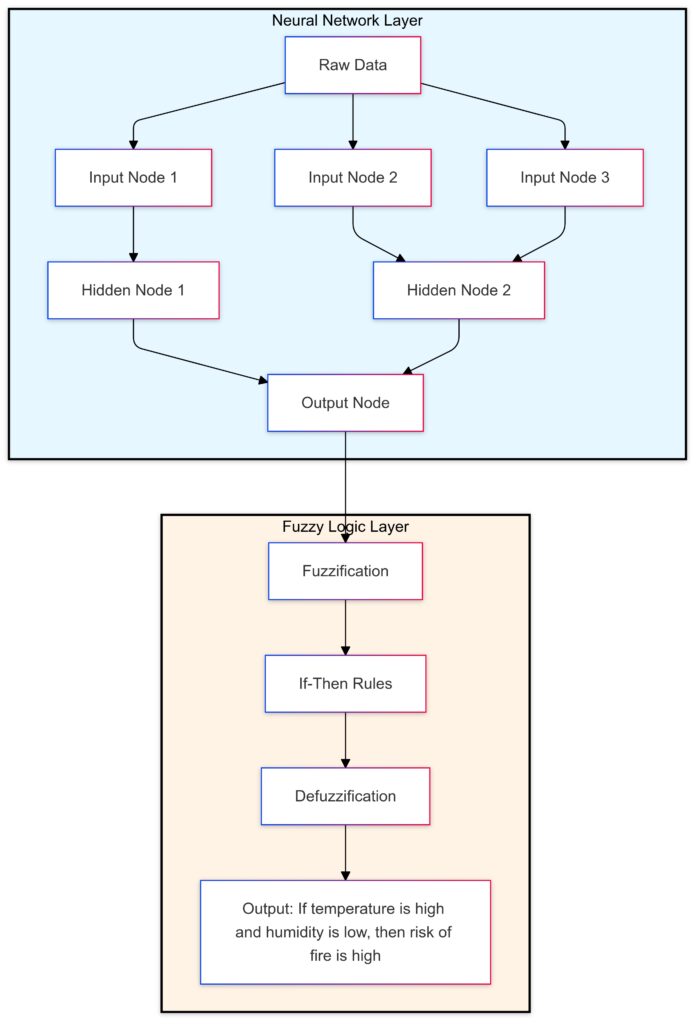
Components:Input nodes process raw data such as temperature and humidity.
Hidden nodes transform inputs into higher-level features.
Output node generates numeric results for further processing.
Purpose: Extract features and patterns from raw data.
Fuzzy Logic Layer:
Steps:Fuzzification: Converts numeric outputs into fuzzy values (e.g., “high temperature”).
Rules: Applies human-readable if-then rules.
Defuzzification: Transforms fuzzy results back into actionable outputs.
Example Rule: “If temperature is high and humidity is low, then risk of fire is high.”
Why Explainability Matters in AI
Trust and Accountability
AI decisions can impact lives—think healthcare diagnoses or financial approvals. Without clear explanations, it’s hard to trust these systems. Neuro-fuzzy systems build confidence by offering transparent reasoning.
Ethical AI Practices
Explainable AI aligns with ethical standards, especially in regulated industries. Transparency ensures fair decision-making and reduces bias. Neuro-fuzzy systems are an ideal fit for compliance-focused applications.
Enhanced Decision Support
When users understand why an AI system made a recommendation, they’re more likely to act on it. Neuro-fuzzy systems empower users with actionable insights, not just numbers.
Key Features That Simplify AI Transparency

Rule-Based Explanations
Neuro-fuzzy systems produce if-then rules that are easy to interpret. Instead of technical jargon, they deliver reasoning in plain language.
For example:
- If temperature is very high and wind speed is moderate, the fire risk is high.
These rules simplify complex decisions, making AI approachable for non-technical users.
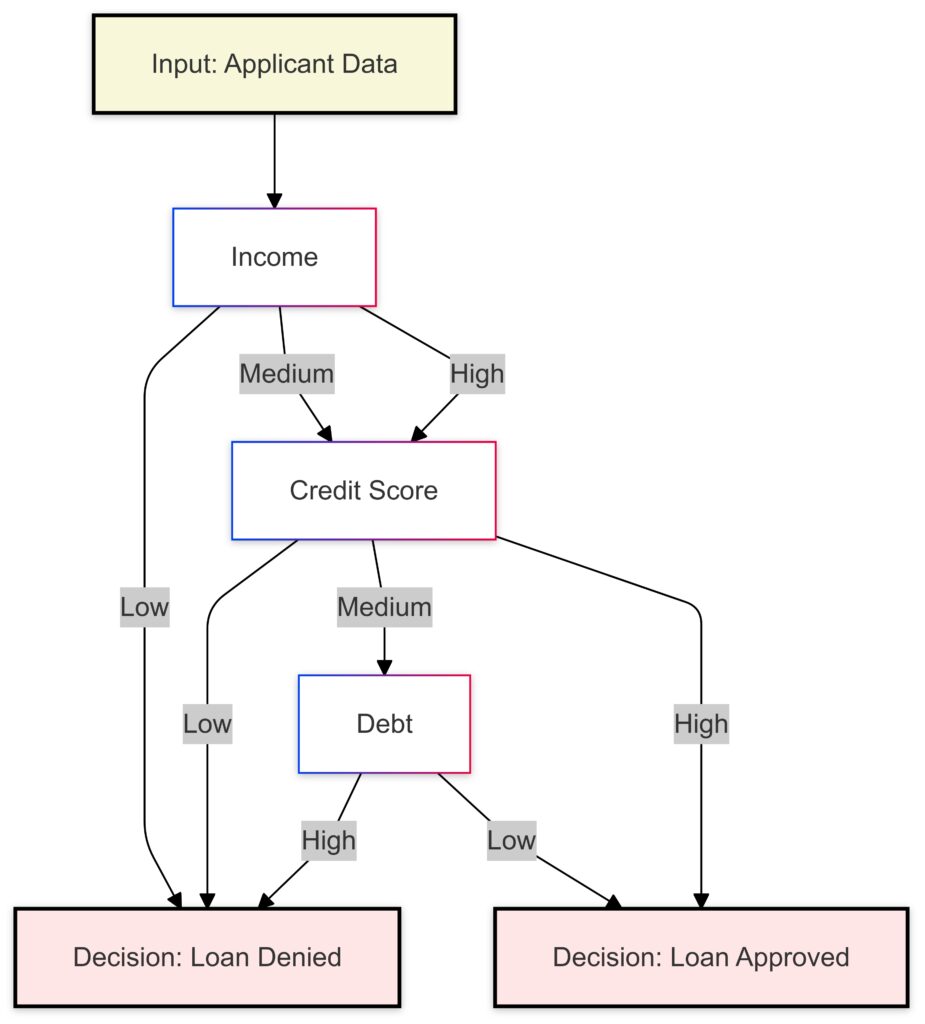
Applicant data (e.g., income, credit score, and debt) initiates the decision-making process.
Branches:
Income:Low: Directly results in “Loan Denied.”
Medium/High: Leads to further evaluation of credit score.
Credit Score:Low: Leads to “Loan Denied.”
Medium: Evaluates debt level.
High: Leads directly to “Loan Approved.”
Debt:High: Concludes with “Loan Denied.”
Low: Results in “Loan Approved.”
Outcomes:
Transparent decisions based on a sequence of fuzzy rules.
Outcomes include “Loan Approved” or “Loan Denied.”
Dynamic Learning with Stability
While traditional AI models often require extensive retraining to adapt, neuro-fuzzy systems refine their rules dynamically. The updates are visible, so users can track how the system evolves over time.
Interpretability Without Sacrificing Performance
Unlike some explainable AI methods that trade off accuracy for transparency, neuro-fuzzy systems strike a balance. They maintain strong predictive power while keeping the decision-making process clear.
Real-World Applications of Neuro-Fuzzy Systems
Healthcare: Transparent Diagnostics
Neuro-fuzzy systems clarify medical predictions by showing how symptoms contribute to diagnoses. For example, they can explain why a combination of “persistent cough” and “high fever” suggests a likelihood of pneumonia.
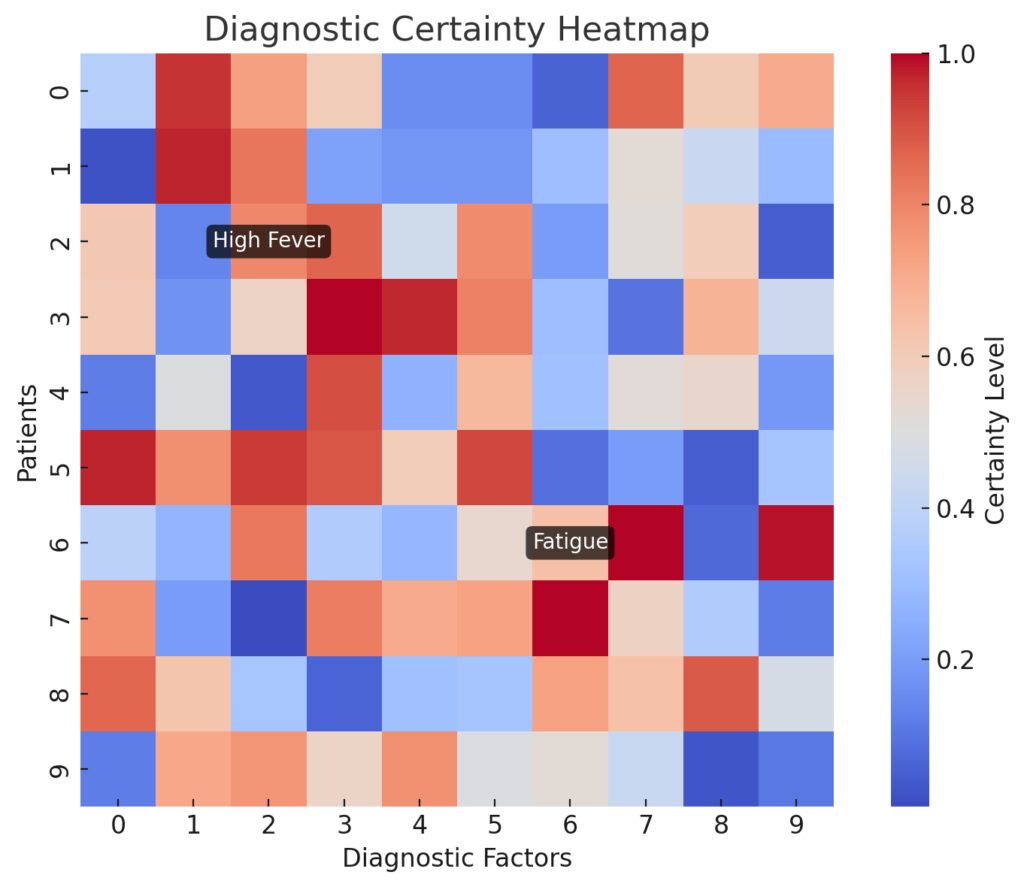
How fuzzy logic aids in interpreting diagnostic factors, ensuring transparency in medical decision-making.
Finance: Clear Credit Assessments
In financial services, these systems can reveal how factors like credit history and income level influence loan approvals. This transparency ensures fairness and compliance with regulations.
Autonomous Systems: Safer Navigation
Self-driving cars use neuro-fuzzy logic to make split-second decisions. By explaining why a vehicle slows down or changes lanes, these systems build trust in autonomous technologies.
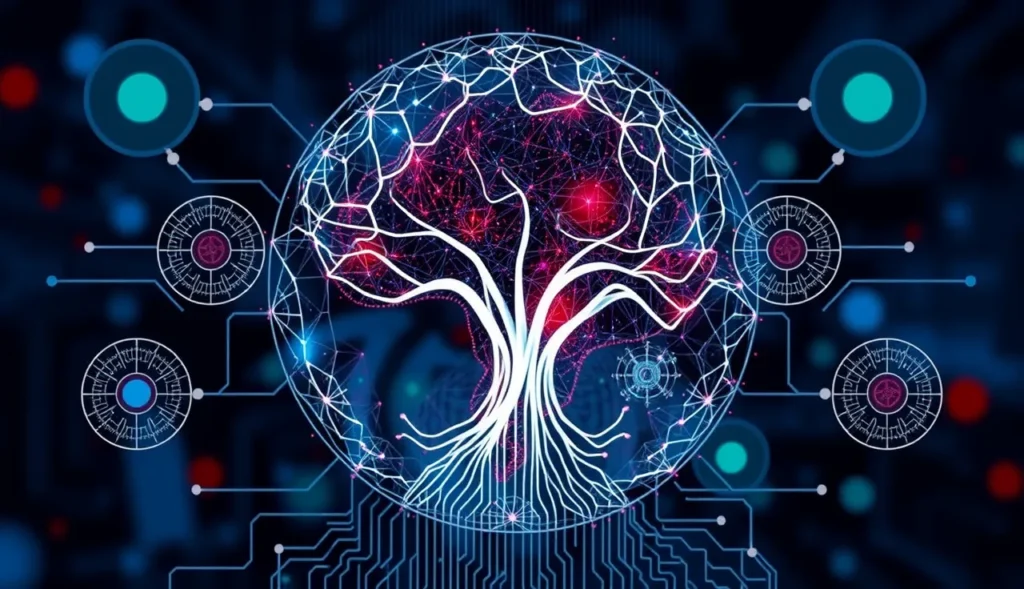
How Neuro-Fuzzy Systems Improve Explainability
Bridging the Gap Between AI and Human Understanding
One of the greatest challenges in AI is bridging the gap between sophisticated algorithms and human comprehension. Neuro-fuzzy systems excel here by offering transparent reasoning processes. Neural networks identify patterns, but it’s the fuzzy logic layer that translates these patterns into human-readable rules.
For example:
- Neural network output: 0.85 probability of disease X.
- Fuzzy logic explanation: If age is above 50 and cholesterol level is high, then there is a high likelihood of disease X.
This clarity makes it easier for users to trust and act on AI decisions.
Reducing the Black Box Effect
The “black box” label has long plagued AI models. Neuro-fuzzy systems reduce this opacity by showing how data inputs influence outputs. They allow users to backtrack through the decision-making process step-by-step, offering complete transparency.
Real-Time Explainability
Many AI systems struggle to provide on-the-spot explanations, especially in time-sensitive applications. Neuro-fuzzy systems offer real-time reasoning, making them ideal for dynamic environments like traffic control or financial trading.
Practical Benefits Across Industries
Transparent AI for Healthcare Professionals
In healthcare, explainability is essential for both doctors and patients. Neuro-fuzzy systems can clarify complex diagnoses by mapping symptoms to outcomes. This enables medical professionals to understand and verify AI predictions before acting on them.
Improved Customer Experiences in Finance
Financial institutions use neuro-fuzzy models to create trustworthy credit scoring systems. Instead of providing a single number, these models explain the reasons behind approvals or rejections, fostering transparency and improving customer satisfaction.
Boosting Adoption in Autonomous Technologies
Autonomous vehicles and drones rely on AI to navigate safely. Neuro-fuzzy systems explain decisions—like slowing down for pedestrians or avoiding obstacles—giving users confidence in their functionality.
Overcoming Challenges in Explainable AI
Managing Complex Rule Sets
As datasets grow, the number of rules generated by fuzzy logic can become overwhelming. This complexity can dilute the system’s interpretability.
Solution:
Rule simplification techniques, such as clustering or pruning, ensure that explanations remain concise and actionable.
Balancing Accuracy and Transparency
While neuro-fuzzy systems are inherently more explainable, overly complex neural networks can reduce their transparency.
Solution:
Limiting the complexity of the neural network component and refining fuzzy logic rules ensures a balance between performance and clarity.
Scalability for Big Data Applications
Neuro-fuzzy systems face scalability issues when applied to large datasets.
Solution:
Techniques like parallel computing and hybrid neuro-fuzzy models (e.g., ANFIS) address scalability without sacrificing transparency.
The Future of AI Transparency with Neuro-Fuzzy Systems
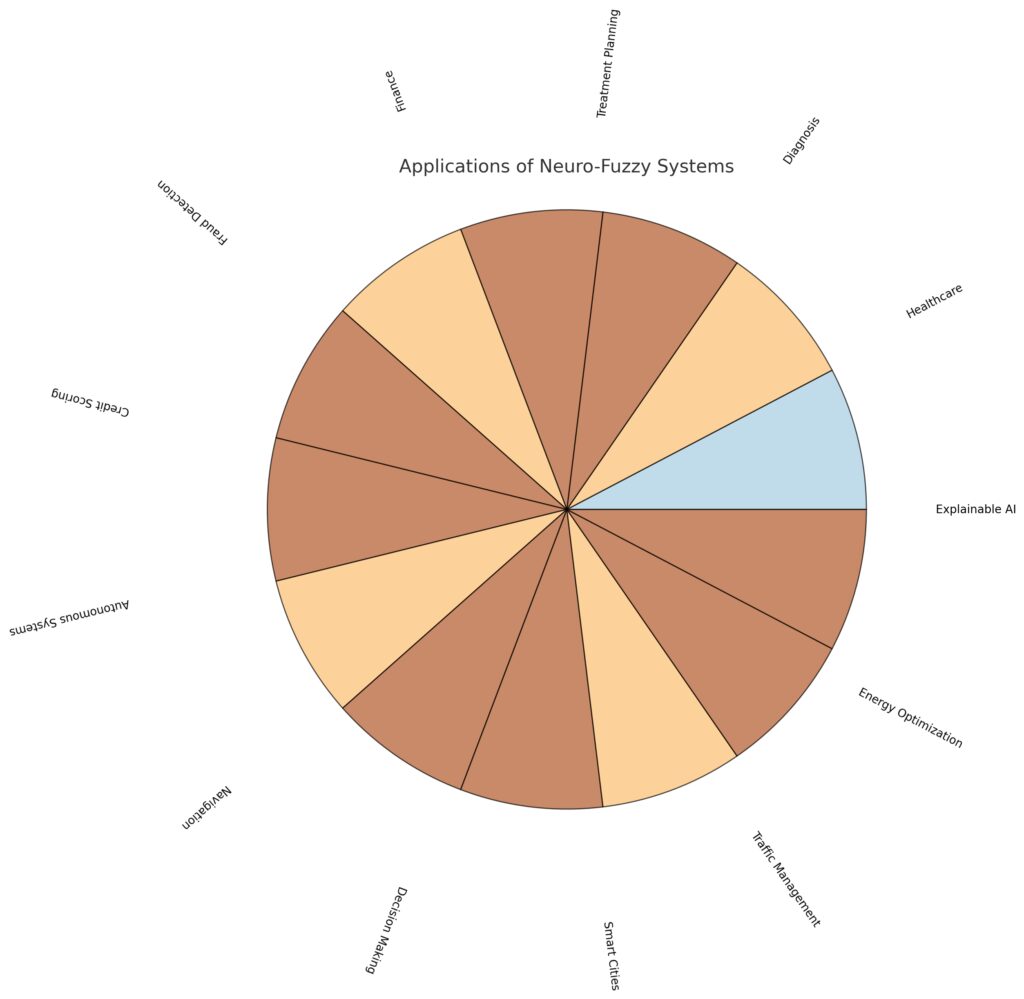
Colors: Represent the depth of each branch.
Labels: Clearly indicate specific applications in each field.
This chart showcases the versatility of neuro-fuzzy systems across various domains.
The demand for explainable AI is growing, and neuro-fuzzy systems are leading the charge. As industries adopt more complex AI solutions, the hybrid approach of neuro-fuzzy models will likely expand into new domains. Emerging trends include:
- Integration with IoT for managing smart cities and industrial automation.
- Human-centric AI systems where users can modify rules directly for personalized experiences.
- AI regulations mandating transparent systems, positioning neuro-fuzzy models as a compliance-friendly choice.
By simplifying AI transparency without compromising on performance, neuro-fuzzy systems are paving the way for a more trustable and actionable AI future.
FAQs
How do neuro-fuzzy systems differ from traditional neural networks?
Traditional neural networks process data to make predictions but lack interpretability—their decision-making processes are hidden in layers of complex computations.
In contrast, neuro-fuzzy systems combine neural networks with fuzzy logic, creating clear, rule-based explanations. For instance, while a neural network might classify a medical image as “positive for disease” with 90% certainty, a neuro-fuzzy system would explain it as:
- If the lesion size is large and shape is irregular, then there is a high likelihood of disease.
This makes neuro-fuzzy systems far easier to understand and trust.
Why is transparency so critical in AI applications?
Transparency builds trust and accountability, especially in sensitive fields like healthcare, finance, and law. People need to know how decisions are made, particularly when they directly impact lives.
For example, a patient being diagnosed with a condition might feel more comfortable knowing the AI relied on specific symptoms rather than a vague algorithm. Similarly, a customer denied a loan would appreciate an explanation that considers factors like income and credit score.
Are neuro-fuzzy systems scalable for big data applications?
Scalability can be challenging because the fuzzy logic component may generate an overwhelming number of rules as datasets grow. However, advanced techniques like rule clustering, adaptive neuro-fuzzy inference systems (ANFIS), and parallel computing enable scalability while retaining clarity.
For instance, in smart city management, neuro-fuzzy systems can process vast IoT data—such as traffic patterns or energy consumption—while explaining decisions like adjusting traffic lights or reallocating power supply.
Can neuro-fuzzy systems eliminate bias in AI models?
While neuro-fuzzy systems improve transparency, they don’t inherently eliminate bias. They can, however, highlight the source of bias by breaking decisions into rules. For instance:
- If region = A and credit history = poor, then loan rejection = high.
Identifying such patterns allows developers to adjust data inputs or modify rules to ensure fairness. This makes neuro-fuzzy systems valuable in building ethical AI systems.
How do neuro-fuzzy systems support real-time decision-making?
Neuro-fuzzy systems excel in real-time applications because they combine fast neural network learning with instant fuzzy logic reasoning.
For example, in autonomous vehicles, they can process sensor data quickly to make decisions like stopping for pedestrians. The system also explains the action, e.g., If pedestrian detected and distance < 5 meters, then apply brakes immediately.
Are neuro-fuzzy systems difficult to implement?
While they can be complex to design, especially in integrating neural networks and fuzzy logic, tools like MATLAB and Python libraries simplify implementation. Domain expertise is crucial to define initial fuzzy rules effectively.
For instance, in a weather prediction model, experts might start with basic rules like:
- If temperature is high and humidity is low, then there’s a moderate chance of wildfire.
Over time, the neural network refines these rules for greater accuracy.
Can neuro-fuzzy systems adapt over time?
Yes, they adapt dynamically by refining fuzzy rules as they learn from new data. This makes them well-suited for environments where conditions change frequently, such as stock market forecasting or industrial automation.
For example, a neuro-fuzzy system managing a factory might initially set maintenance rules based on equipment age. Over time, it could learn to incorporate factors like usage patterns and environmental conditions for better predictions.
Are neuro-fuzzy systems the future of explainable AI?
Neuro-fuzzy systems are paving the way for more transparent and actionable AI solutions. As explainability becomes a priority in AI ethics and regulations, their ability to offer interpretable, rule-based outputs ensures they’ll remain at the forefront of explainable AI (XAI).
For example, future smart home systems may rely on neuro-fuzzy models to provide personalized energy-saving suggestions while explaining why certain appliances consume more power.
How do neuro-fuzzy systems handle conflicting data?
Neuro-fuzzy systems resolve conflicts using fuzzy logic, which accommodates degrees of truth rather than binary outcomes. For example:
- If a medical system receives conflicting inputs like normal blood pressure and high cholesterol, it can assign partial truth values to each and prioritize rules that best match the overall data.
This flexibility ensures that the system provides balanced and realistic outputs, even with ambiguous or contradictory information.
Can neuro-fuzzy systems replace traditional neural networks?
Not exactly. Neuro-fuzzy systems are ideal for applications where explainability is as important as performance. However, traditional neural networks may still be preferred for tasks requiring maximum predictive accuracy without concern for interpretability.
For instance, a deep learning model might outperform a neuro-fuzzy system in facial recognition accuracy, but it would lack the ability to explain how it identified specific features.
What are the limitations of neuro-fuzzy systems?
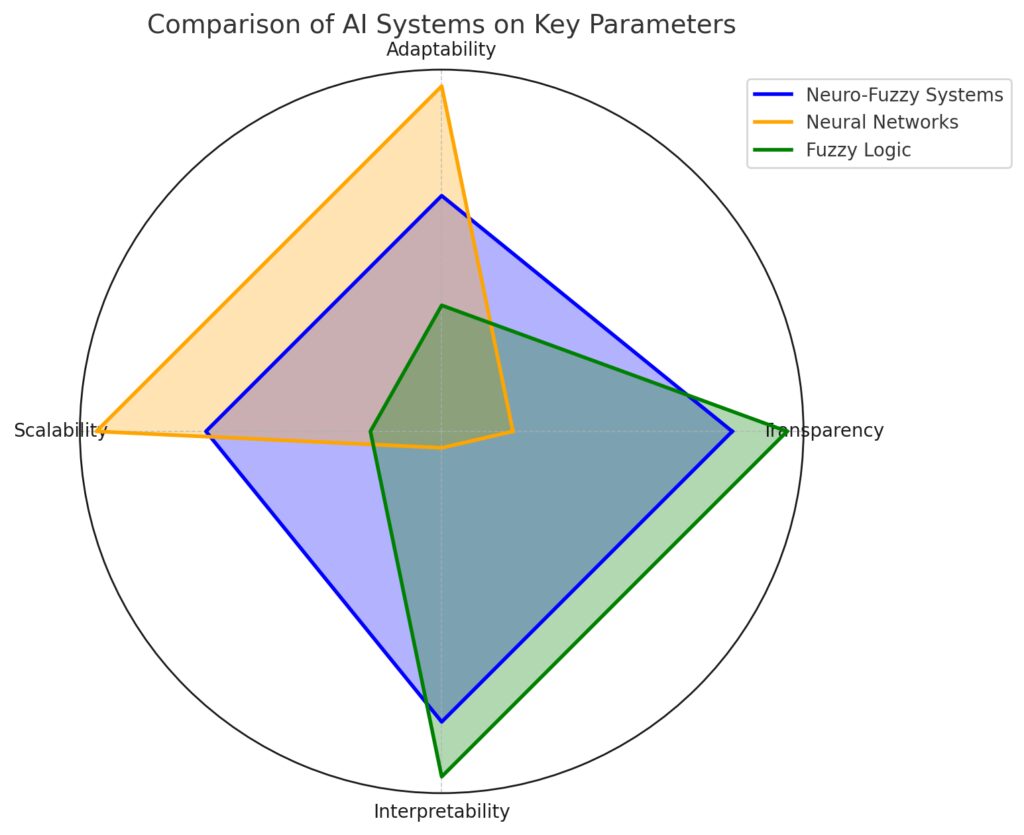
Neuro-Fuzzy Systems: High (8), balancing logic and neural insights.
Neural Networks: Low (4), due to their black-box nature.
Fuzzy Logic: Very High (9), with explicit rule sets.
Adaptability:
Neuro-Fuzzy Systems: Strong (7), leveraging learning from data.
Neural Networks: Very High (9), excelling in dynamic environments.
Fuzzy Logic: Moderate (5), limited without data-driven adaptability.
Scalability:
Neuro-Fuzzy Systems: Strong (7), integrating flexible architectures.
Neural Networks: Very High (9), optimized for large-scale data.
Fuzzy Logic: Limited (4), struggling with complex systems.
Interpretability:
Neuro-Fuzzy Systems: High (8), blending human-readable rules with neural insights.
Neural Networks: Low (3), due to complex inner workings.
Fuzzy Logic: Very High (9), offering clear rule-based decisions.
Insights:
Neuro-Fuzzy Systems strike a balance across parameters, making them versatile for diverse applications.
Neural Networks excel in adaptability and scalability but lack interpretability.
Fuzzy Logic leads in transparency and interpretability but faces scalability challenges.
Despite their advantages, neuro-fuzzy systems have some limitations:
- Scalability: As data complexity increases, rule bases can become unwieldy.
- Training Time: Integrating neural learning and rule generation may take longer compared to standalone models.
- Initial Rule Setup: Requires domain expertise to define meaningful starting rules.
For example, in an agricultural application, creating rules like If soil moisture is low and temperature is high, then irrigation needed demands a strong understanding of farming practices.
Can neuro-fuzzy systems be used for image or speech processing?
Yes, but with some caveats. Neuro-fuzzy systems are better suited for tasks that involve reasoning or decision-making rather than pure pattern recognition.
For example:
- In image processing, a neuro-fuzzy system might classify objects by explaining why an area is categorized as “forest” based on pixel patterns (e.g., dense green color and irregular shapes).
- In speech processing, it could provide rule-based reasoning for categorizing emotions like happiness or sadness based on pitch and tone.
How do neuro-fuzzy systems integrate with IoT devices?
Neuro-fuzzy systems enhance IoT applications by interpreting real-time data and providing actionable insights. Their ability to explain decisions makes them ideal for smart cities, home automation, and industrial IoT.
For example:
- In a smart thermostat, a neuro-fuzzy system might explain temperature adjustments: If room temperature is low and outside temperature is very cold, then increase heating by 2°C.
- In industrial IoT, it could guide maintenance schedules based on rules like: If machine vibration is high and runtime exceeds 8 hours, then schedule maintenance.
Are there prebuilt frameworks or tools for neuro-fuzzy systems?
Yes, several tools support neuro-fuzzy system development, including:
- MATLAB Fuzzy Logic Toolbox: Widely used for prototyping and implementing neuro-fuzzy models.
- Python Libraries: Libraries like scikit-fuzzy allow for integrating fuzzy logic into Python-based AI projects.
- ANFIS frameworks: Popular for dynamic neuro-fuzzy inference systems.
For example, an engineer might use MATLAB to design a system that predicts vehicle maintenance needs based on mileage and usage patterns.
How do neuro-fuzzy systems address ethical concerns in AI?
Neuro-fuzzy systems improve ethical AI practices by providing transparent, rule-based reasoning that is easy to audit. They make biases visible, allowing developers to identify and address them.
For instance:
- In hiring systems, a neuro-fuzzy model might show that applicants from region X are disproportionately rejected due to historical bias. Once identified, this bias can be corrected.
Can neuro-fuzzy systems improve user trust in AI?
Absolutely. By offering clear explanations for decisions, neuro-fuzzy systems reduce skepticism and build confidence. Users are more likely to trust systems they can understand.
For example, in a personal finance app, a neuro-fuzzy system could explain savings recommendations like:
- If income is steady and discretionary spending is high, then allocate 10% to savings this month.
How are neuro-fuzzy systems advancing AI regulations?
With growing calls for explainability in AI, neuro-fuzzy systems are paving the way for compliance with laws like the EU AI Act and GDPR. By generating transparent outputs, they align with requirements for interpretable decision-making.
For example, a financial institution using a neuro-fuzzy credit scoring model can provide a detailed justification for loan decisions, meeting regulatory standards while enhancing client satisfaction.
Resources
Online Courses and Tutorials
- Coursera: Fuzzy Logic and Control Systems
This course provides a beginner-friendly introduction to fuzzy logic, with modules on neuro-fuzzy systems and their real-world applications. - Udemy: AI Explainability Masterclass
Covering a wide range of explainable AI techniques, including neuro-fuzzy systems, this masterclass offers hands-on examples using Python.
Research Papers and Journals
- “A Way Towards Explainable AI Using Neuro-Fuzzy System”
This paper discusses how neuro-fuzzy systems can enhance the explainability of AI models, addressing the black-box nature of complex models like deep learning. IEEE Xplore - “DCNFIS: Deep Convolutional Neuro-Fuzzy Inference System”
This research introduces a deep network that achieves improved transparency without sacrificing accuracy by hybridizing fuzzy logic and deep learning models. ArXiv
Tools and Libraries
- MATLAB Fuzzy Logic Toolbox
A powerful platform for designing and testing neuro-fuzzy systems, MATLAB’s toolbox streamlines rule creation and visualization. - Python Libraries
- scikit-fuzzy: A Python library for implementing fuzzy logic systems, facilitating the development of neuro-fuzzy models.
- TensorFlow and Keras: While not specific to neuro-fuzzy systems, these libraries can integrate with custom fuzzy logic modules for hybrid models.
Online Communities and Forums
- ResearchGate
Join discussions on neuro-fuzzy system applications, challenges, and innovations with leading researchers. - Stack Overflow
Ideal for troubleshooting implementation challenges or finding Python-based neuro-fuzzy code snippets. - AI Alignment and Transparency Forums
Engage in broader conversations about explainable AI, including neuro-fuzzy techniques.
Blogs and Websites
- Towards Data Science
Frequently publishes articles on AI explainability, including neuro-fuzzy systems, offering practical insights and tutorials. - KDNuggets
Covers practical tutorials and case studies related to AI and hybrid models, providing valuable resources for practitioners. - AI Explainability 360 (IBM)
While primarily focused on broader explainable AI tools, this platform provides frameworks that complement neuro-fuzzy systems.

